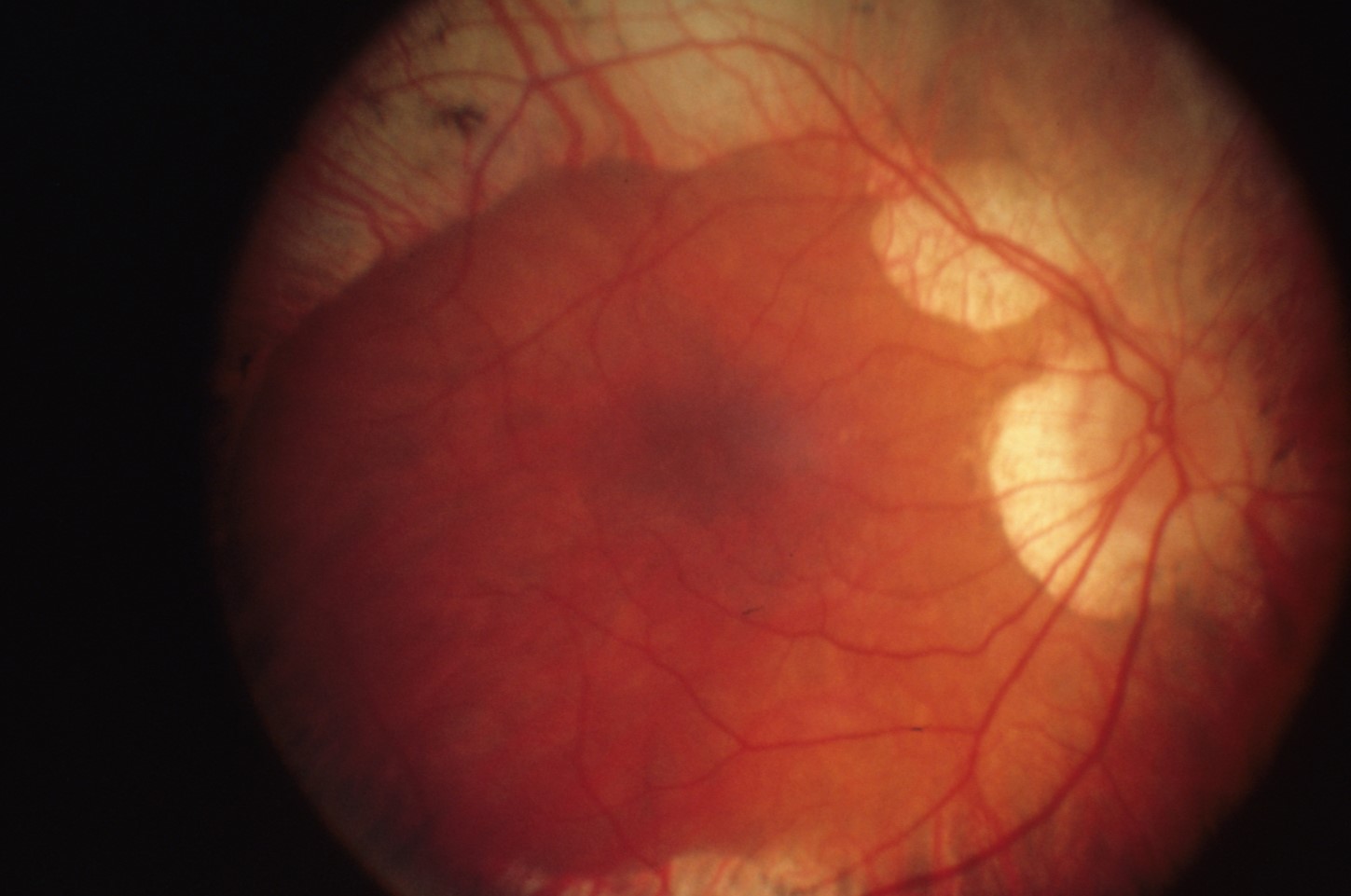
Gyrate Atrophy of the Retina is a rare genetic disorder that affects vision. This condition causes progressive degeneration of the retina, leading to night blindness and loss of peripheral vision. Symptoms often appear in childhood and worsen over time. The disorder is linked to a deficiency in the enzyme ornithine aminotransferase, which results in high levels of ornithine in the blood. Diagnosis typically involves genetic testing and measuring ornithine levels. While there is no cure, treatments like vitamin B6 supplements and a low-protein diet can help manage symptoms. Understanding this condition is crucial for early intervention and better quality of life.
Key Takeaways:
- Gyrate Atrophy of the Retina is a rare genetic disorder that causes progressive vision loss. It can be managed through genetic testing, low-protein diet, and vitamin B6 supplements, with ongoing research for potential future treatments.
- Living with Gyrate Atrophy can be challenging, affecting night vision, spatial awareness, and daily tasks. Support from assistive devices, mobility training, emotional counseling, and ongoing research offers hope for individuals and their families.
What is Gyrate Atrophy of the Retina?
Gyrate Atrophy of the Retina is a rare genetic disorder that affects vision. It primarily impacts the retina, the light-sensitive layer at the back of the eye. This condition leads to progressive vision loss and can significantly affect daily life.
- Gyrate Atrophy is caused by mutations in the OAT gene, which is responsible for producing the enzyme ornithine aminotransferase.
- The condition is inherited in an autosomal recessive manner, meaning both parents must carry the mutated gene for a child to be affected.
- Symptoms often begin in childhood, typically between the ages of 7 and 10.
- Early signs include night blindness, where individuals struggle to see in low-light conditions.
- As the disease progresses, peripheral vision loss occurs, leading to tunnel vision.
- Central vision is usually preserved until later stages of the disease.
- The condition is more common in certain populations, such as Finnish and Japanese communities.
- Gyrate Atrophy can be diagnosed through genetic testing and clinical examination.
- Electroretinography (ERG) is a test used to measure the electrical responses of the retina to light, aiding in diagnosis.
- High levels of ornithine in the blood and urine are indicative of Gyrate Atrophy.
- A low-protein diet, particularly low in arginine, can help manage the condition by reducing ornithine levels.
- Vitamin B6 supplements may also be beneficial for some patients, as they can enhance the activity of the remaining ornithine aminotransferase enzyme.
- Regular eye exams are crucial for monitoring the progression of the disease.
- There is currently no cure for Gyrate Atrophy, but treatments aim to slow its progression and manage symptoms.
- Gene therapy is being researched as a potential future treatment option.
How Does Gyrate Atrophy Affect Daily Life?
Living with Gyrate Atrophy can be challenging. The progressive nature of the disease means that individuals must adapt to changing vision capabilities over time.
- Night blindness can make it difficult to navigate in low-light environments, affecting activities like driving or walking at night.
- Peripheral vision loss can impact spatial awareness, making it harder to avoid obstacles and increasing the risk of accidents.
- Reading and other tasks requiring detailed vision may become more difficult as central vision deteriorates.
- Individuals may need to use assistive devices, such as magnifying glasses or screen readers, to aid with daily tasks.
- Mobility training and orientation services can help individuals adapt to vision loss and maintain independence.
- Emotional support and counseling can be beneficial, as vision loss can lead to feelings of isolation and depression.
- Support groups and communities for individuals with vision impairments can provide valuable resources and a sense of belonging.
- Occupational therapy can assist in developing strategies to cope with vision loss in daily activities.
- Family members and caregivers play a crucial role in providing support and assistance.
Research and Future Directions
Ongoing research aims to better understand Gyrate Atrophy and develop new treatments. Advances in genetics and biotechnology hold promise for the future.
- Researchers are exploring the potential of gene therapy to correct the underlying genetic mutation in Gyrate Atrophy.
- Stem cell therapy is another area of interest, with the potential to regenerate damaged retinal cells.
- Clinical trials are being conducted to test new treatments and therapies for Gyrate Atrophy.
- Advances in imaging technology, such as optical coherence tomography (OCT), allow for more detailed monitoring of retinal changes.
- Collaboration between researchers, clinicians, and patient advocacy groups is essential for advancing understanding and treatment of the condition.
- Increased awareness and funding for rare genetic disorders can drive progress in research and improve outcomes for individuals with Gyrate Atrophy.
Final Thoughts on Gyrate Atrophy of the Retina
Gyrate Atrophy of the Retina is a rare genetic disorder that affects vision. Understanding its symptoms, causes, and treatments can help those affected manage their condition better. Early diagnosis and intervention are crucial for slowing the progression of this disease. Regular eye exams, a low-protein diet, and vitamin B6 supplements can make a significant difference in managing symptoms. Genetic counseling is also essential for families with a history of this condition. Staying informed and proactive can improve the quality of life for those living with Gyrate Atrophy. Remember, while this condition poses challenges, advancements in medical research continue to offer hope for better treatments and potential cures in the future. Keep an eye on new developments and consult healthcare professionals for personalized advice.
Frequently Asked Questions
Was this page helpful?
Our commitment to delivering trustworthy and engaging content is at the heart of what we do. Each fact on our site is contributed by real users like you, bringing a wealth of diverse insights and information. To ensure the highest standards of accuracy and reliability, our dedicated editors meticulously review each submission. This process guarantees that the facts we share are not only fascinating but also credible. Trust in our commitment to quality and authenticity as you explore and learn with us.


